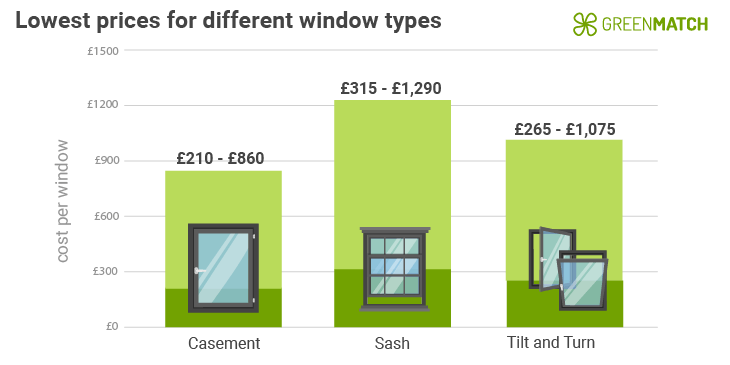How Much Does It Cost To Run A Window Unit
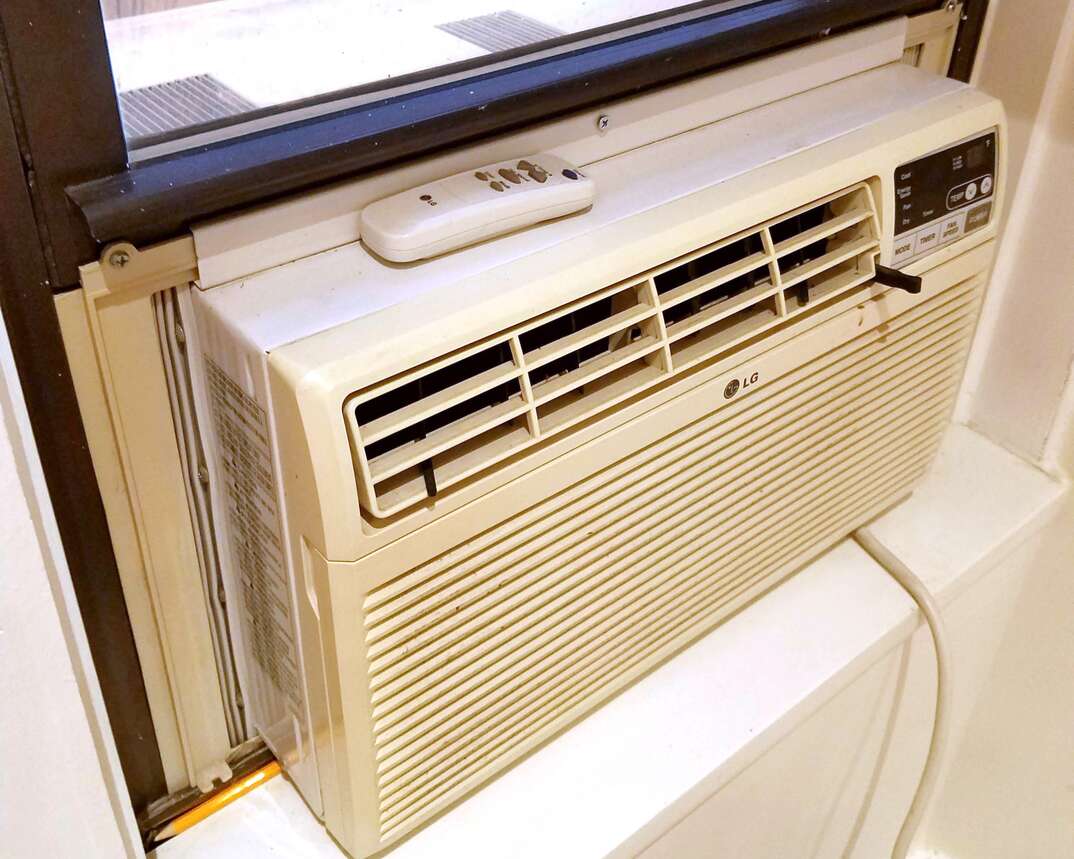
Millions are sweating as summer heat intensifies, but relief comes at a price. Operating a window air conditioner can significantly impact your electricity bill; understanding these costs is crucial for budget-conscious consumers.
This report breaks down the factors influencing window unit energy consumption, providing clarity on how much it *really* costs to stay cool. We analyze average usage, unit types, and electricity rates, arming you with the information needed to manage your cooling expenses effectively.
The Energy Drain: Key Factors
Several elements determine how much electricity your window unit consumes. These include the unit's size (BTU rating), energy efficiency (EER or SEER rating), usage hours, and local electricity rates.
A larger unit, while cooling faster, draws more power. Similarly, an older, less efficient model will cost more to run than a newer, energy-efficient one.
BTU: Size Matters
BTU (British Thermal Units) measures a unit's cooling capacity. A higher BTU rating means the unit can cool a larger space but consumes more electricity.
According to the Energy Star guidelines, you should select a unit appropriate for your room size. Over-sizing leads to wasted energy and higher bills.
EER and SEER: Efficiency Explained
EER (Energy Efficiency Ratio) and SEER (Seasonal Energy Efficiency Ratio) indicate how efficiently a unit converts electricity into cooling. Higher ratings mean greater efficiency.
SEER ratings are typically used for central AC systems, while EER is more common for window units. Look for units with a high EER to minimize energy consumption.
Hourly Costs: A Real-World Example
Let's consider a 5,000 BTU window unit with an EER of 10, used for 8 hours a day. This unit consumes approximately 500 watts (0.5 kilowatts).
With a national average electricity rate of $0.14 per kilowatt-hour (kWh), running this unit for 8 hours costs roughly $0.56 per day. This translates to about $16.80 per month.
Variations in Electricity Rates
Electricity rates vary significantly across the country. States with high rates, like Hawaii and California, will see higher operating costs for window units.
Conversely, states with lower rates, such as Louisiana and Washington, will have lower costs. Check your local utility bill for your specific rate.
The Impact of Usage Habits
How you use your window unit directly impacts your energy bill. Running it constantly, even when you're not home, wastes energy and increases costs.
Setting the thermostat too low forces the unit to work harder, consuming more electricity. Using a programmable thermostat can help optimize cooling and reduce energy waste.
Proper maintenance, such as cleaning the air filter regularly, ensures efficient operation. A dirty filter restricts airflow, forcing the unit to work harder.
Tips to Minimize Costs
Here are actionable steps to reduce your window unit's energy consumption:
- Select an appropriately sized unit for your room.
- Choose a model with a high EER rating.
- Use a programmable thermostat.
- Clean the air filter regularly.
- Seal gaps around the unit to prevent air leaks.
Consider using fans to circulate cool air and reduce the reliance on the AC. This combined approach can make a significant difference in your energy bill.
Long-Term Investment: Energy Efficiency
Investing in a more energy-efficient window unit may seem costly upfront, but it can save you money in the long run. The initial investment is offset by lower energy bills over the unit's lifespan.
Energy Star certified models offer superior energy efficiency and may qualify for rebates or tax credits. Research available incentives in your area.
Conclusion: Stay Informed and Take Control
Understanding the cost of running a window unit empowers you to make informed decisions about your energy consumption. Regularly monitor your electricity bill and adjust your usage habits as needed.
Consider exploring alternative cooling solutions, such as ceiling fans or portable evaporative coolers, to supplement your window unit. Stay informed about energy-saving tips and rebates offered by your local utility company to further reduce your cooling expenses.
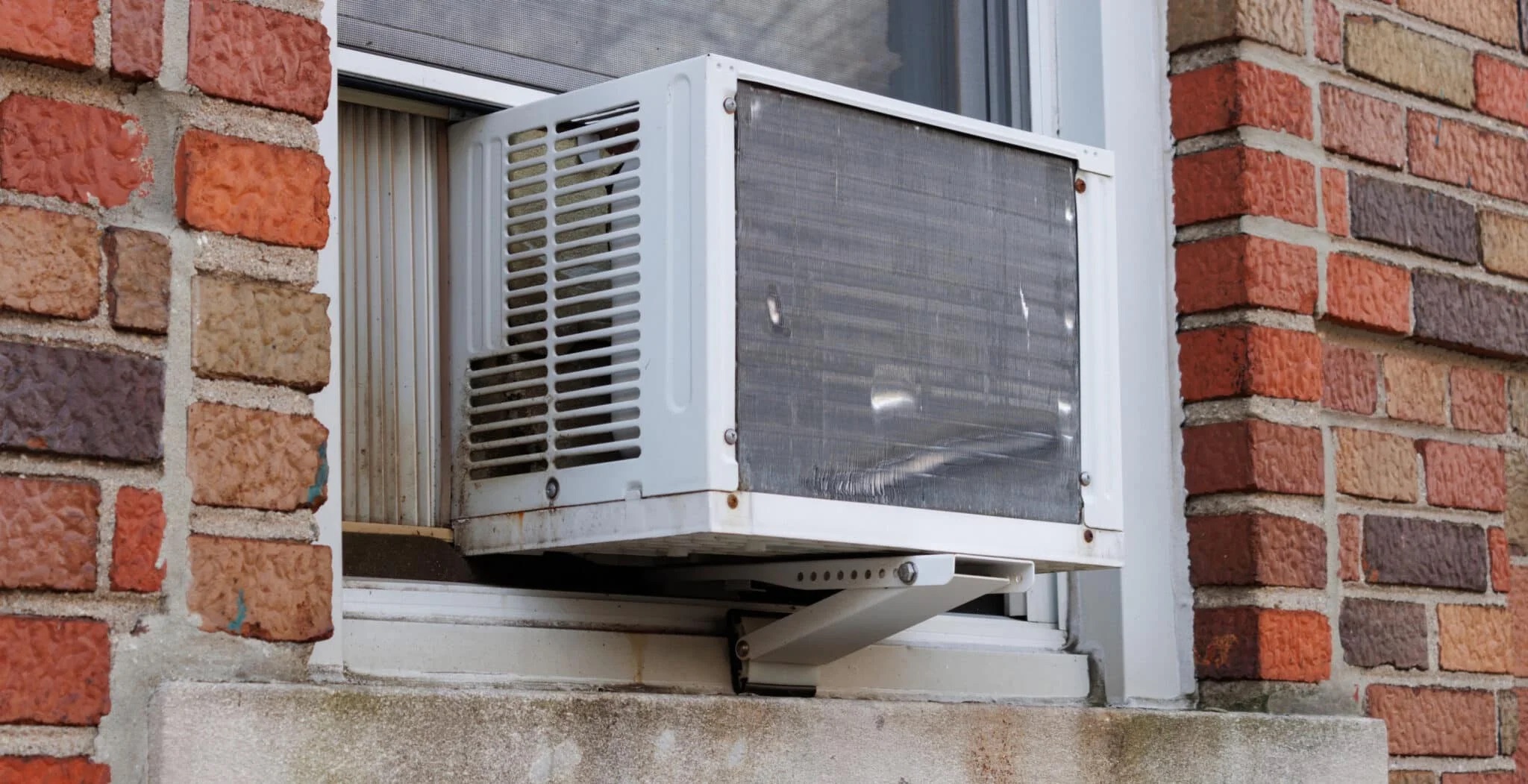
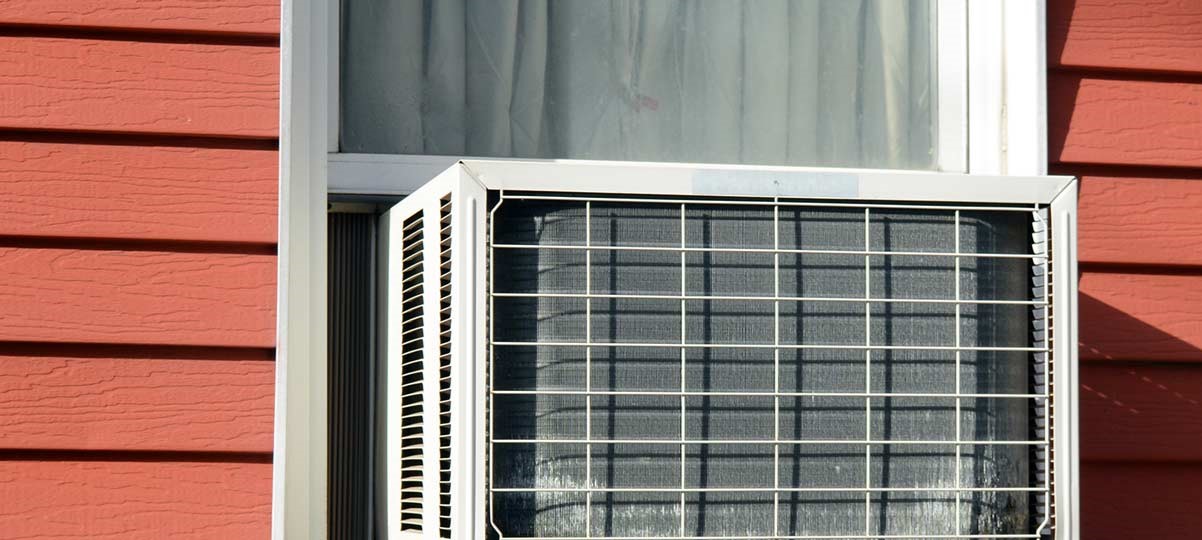
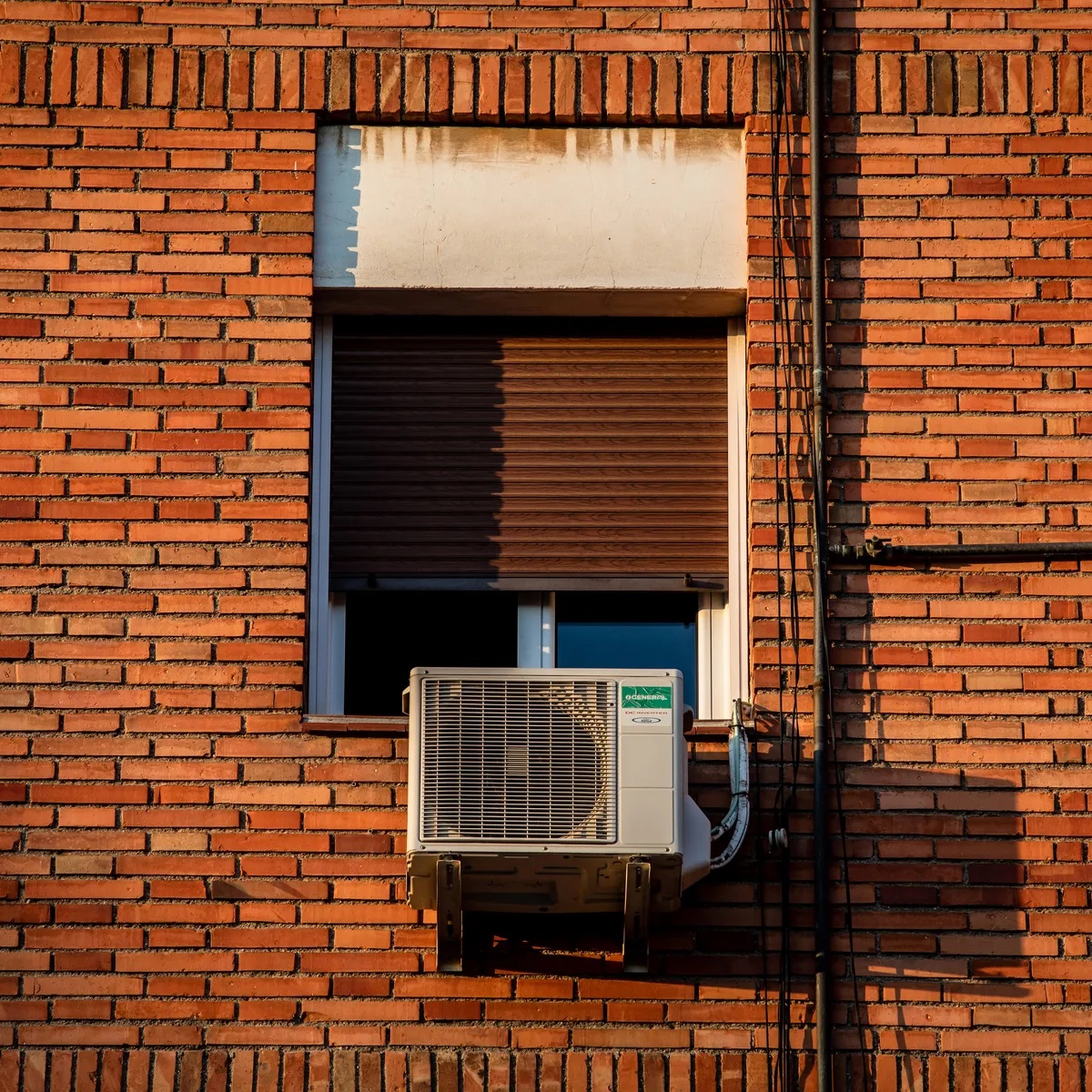
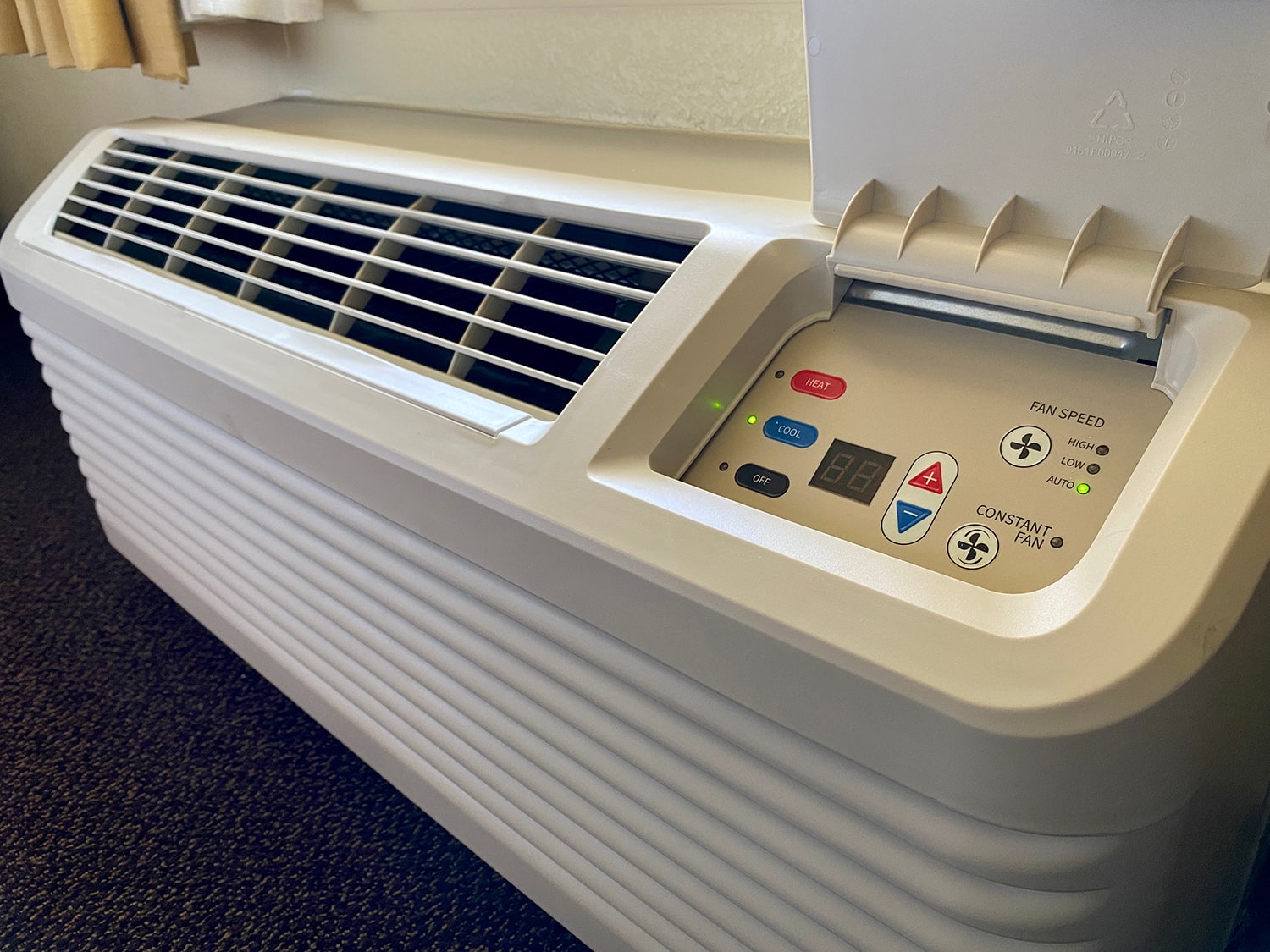
![How Much Does It Cost To Run A Window Unit How Much Does It Cost to Run a Window Air Conditioner? [2025 Data] | Angi](https://media.angi.com/s3fs-public/window-ac-unit.jpeg)
![How Much Does It Cost To Run A Window Unit Cost To Run Window ACs 2024 [1037 Studied | See Cheapest]](https://ecocostsavings.com/wp-content/uploads/2022/05/cost-to-run-window-air-conditioners.jpg)
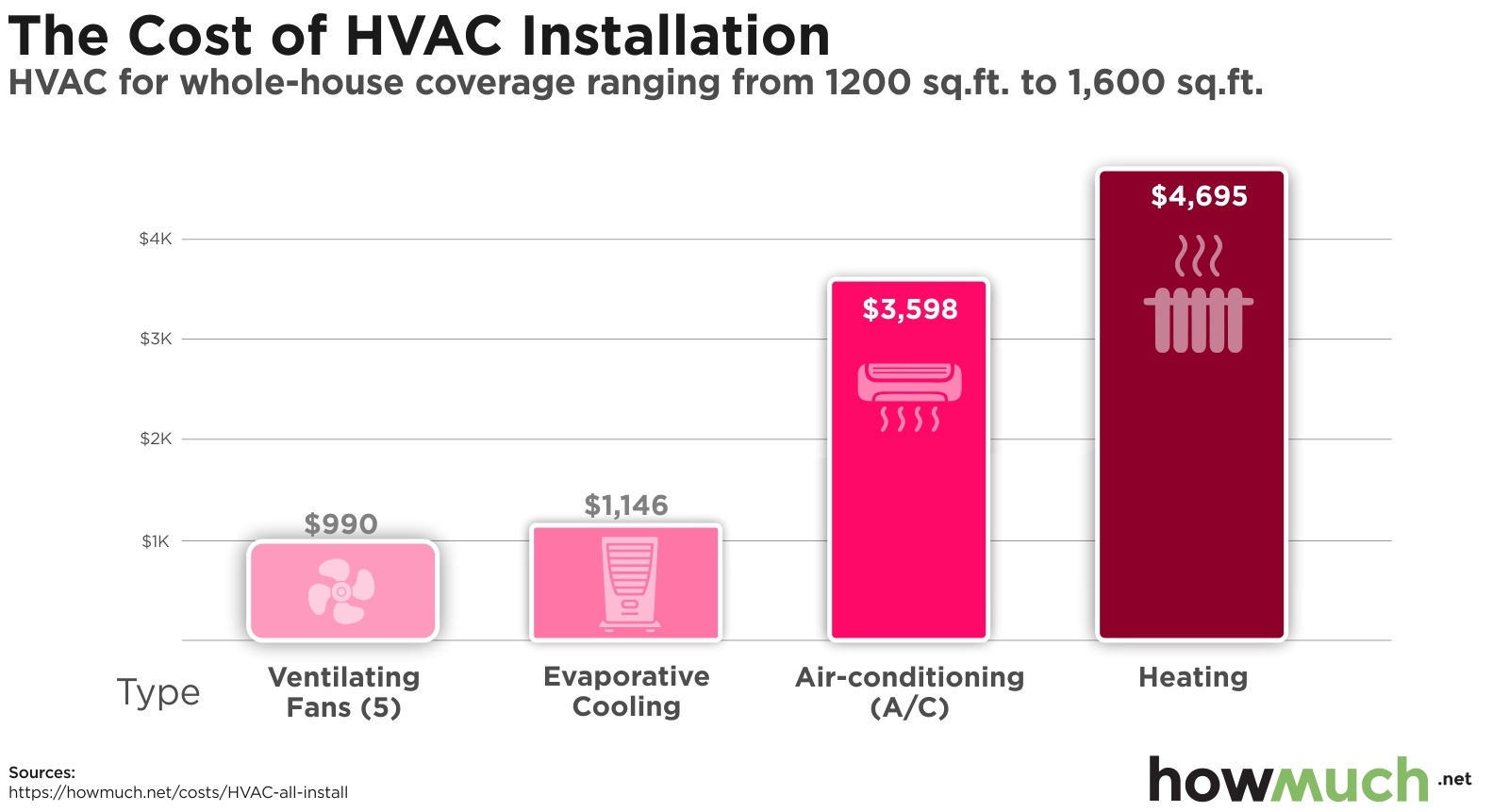
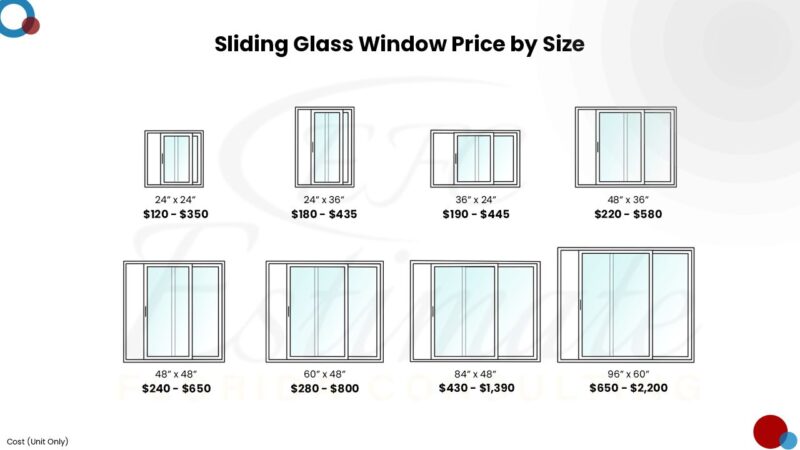
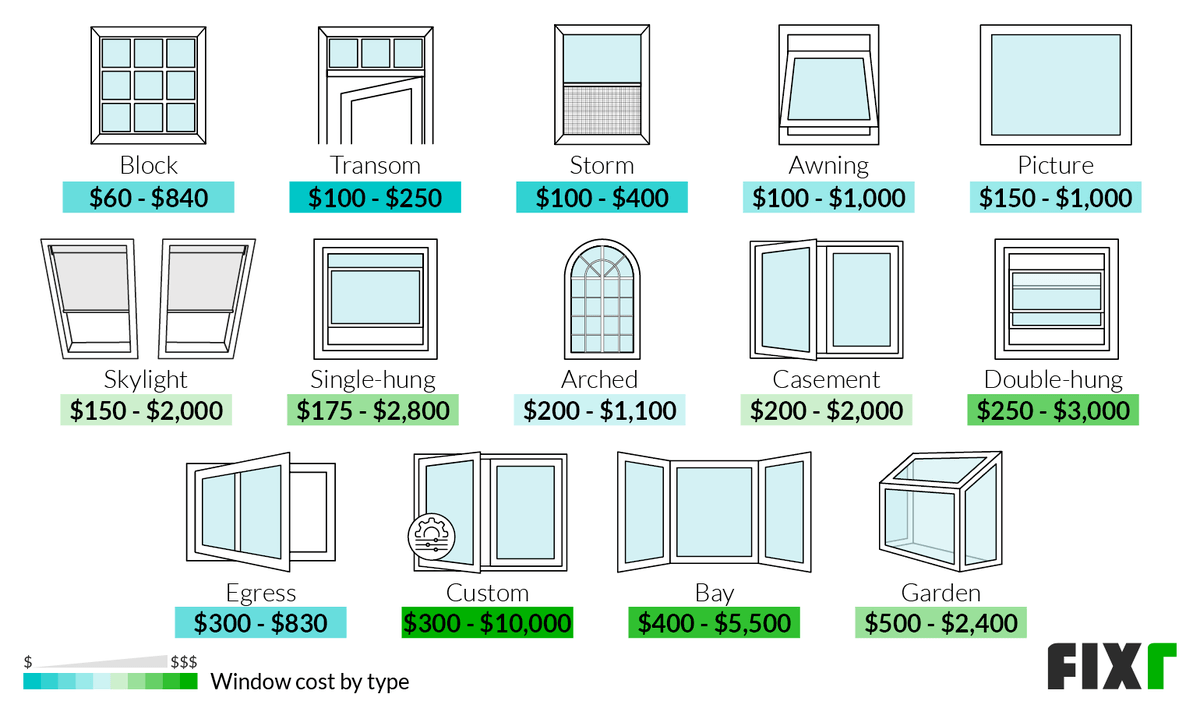

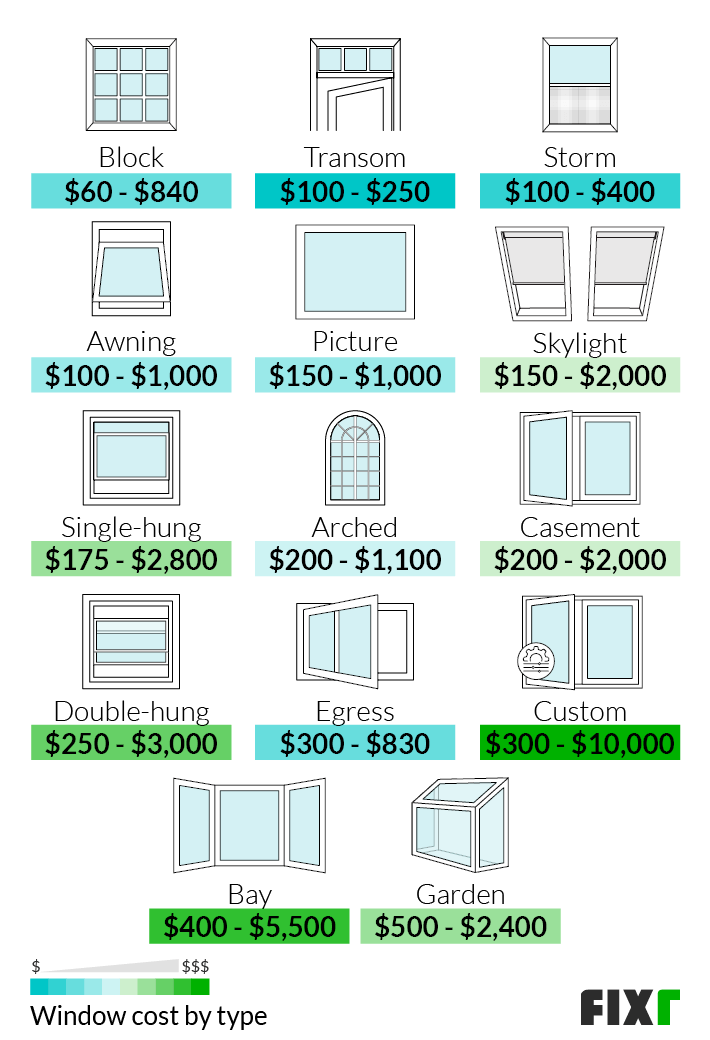
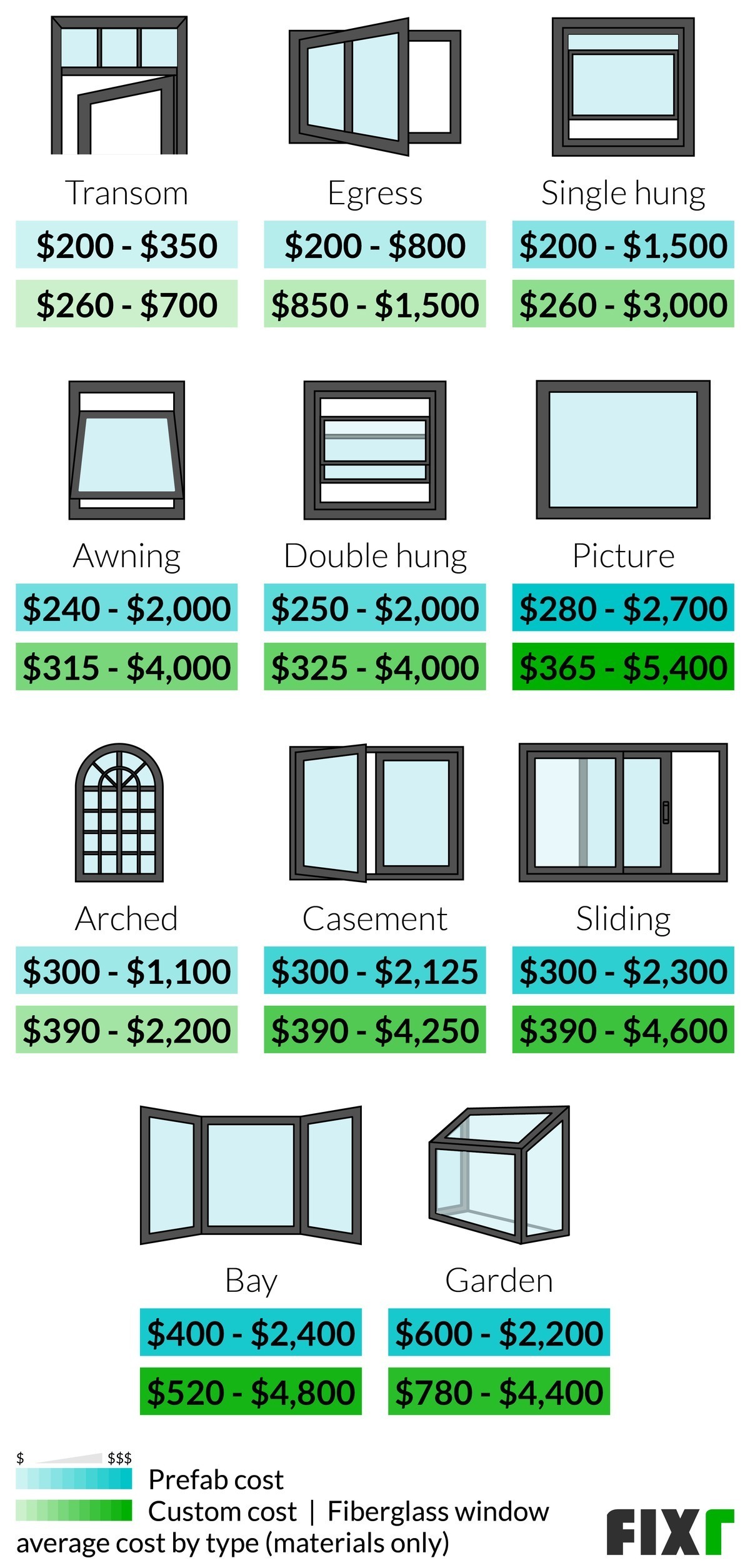
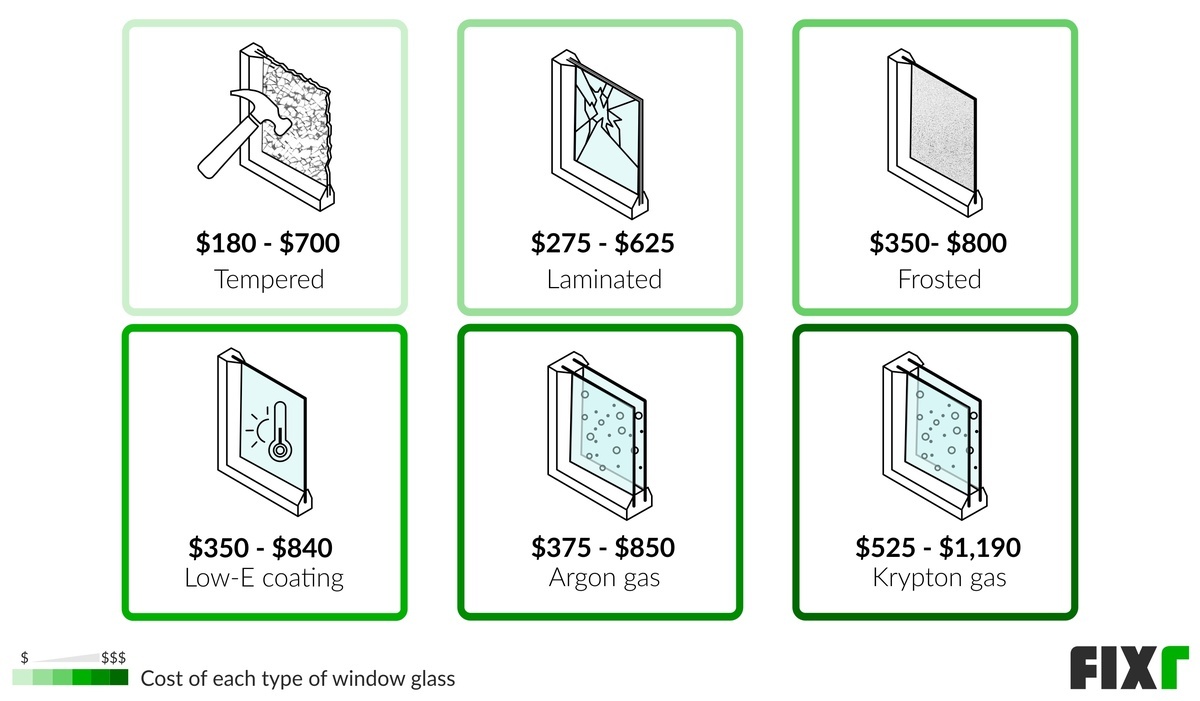


![How Much Does It Cost To Run A Window Unit Window AC Wattage [2024 Study | Most Efficient & Lowest W]](https://ecocostsavings.com/wp-content/uploads/2022/04/window-ac-room-size-chart-768x1920.jpg)
